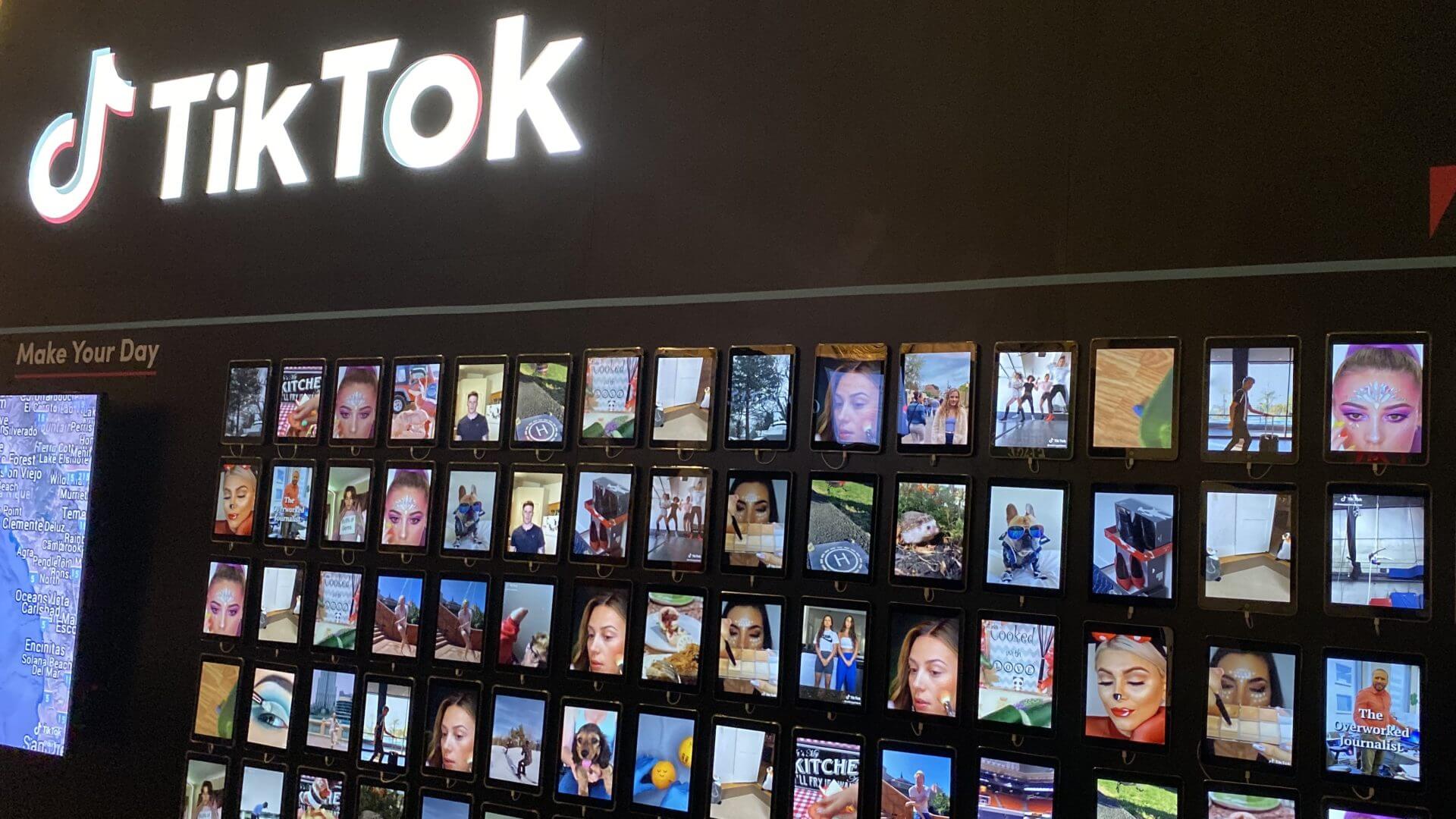Ads on TikTok reach about 18% of adult internet users. That’s 885 million people. They’re spending more time on TikTok too (44 minutes per user per day), busting Facebook’s record of 38.9 minutes and defying predictions that usage would decline as nations emerged from lockdown.
These are just some reasons that it’s hardly surprising that competitor platforms are looking for ways to replicate TikTok’s success.
Instagram pushes short videos to Reels. Instagram has announced that any videos posted to public accounts will now be moved to Reels. The platform had recently extended the maximum length of reels from 60 to 90 seconds. Now any new video less than 15 minutes in length will be shared as a Reel. Video and Reels content will be consolidated under one tab on user profiles, reflecting Instagram head Adam Mosseri’s stated priority of focusing on short form video in 2022.
When Reels are posted to a public profile, they may be eligible and recommended for more people to see. However, consistent with the short form emphasis, only videos up to 90 seconds in length will be eligible for the Discovery and recommendation system.
Facebook launches a Feeds tab. Meanwhile, Meta CEO Mark Zuckerberg announced two significant changes to the Facebook app that will make it feel like a hybrid of TikTok and classic Facebook:
- The Home tab will include more personalized content recommendations, with a greater emphasis on Reels and Stories.
- A new Feeds tab that will allow users to see posts from friends, groups and Pages in reverse chronological order.
The first of those changes highlights Facebook’s commitment to growing short form video content. Stories, which are visible for 24 hours, can include, but are not restricted to, video content. Reels are videos up to 60 seconds in length.
In 2016, Zuckerberg said: “We see a world that is video-first with video at the heart of all of our apps and services.” Competition from TikTok is spurring the veteran social media platform to make good on that promise.
Get the daily newsletter digital marketers rely on.
Unhappy TikTok creators. One dark cloud in TikTok’s bright sky, however, is dissatisfaction among the creators responsible for its popular content. There are some horror stories about how little they are paid.
- In 2021 Kevin Yatsushiro created a video on TikTok that went viral with over 3 million views. He was paid only $12.50.
- Alicia Trautwein posted a video in 2021 that gained 1.8 million views. She was paid about $10.
- Nikki Apostolou is a TikToker with 145,000 followers. She posts about 3 videos a day, each getting about 2-3 million views. She makes about $20-$30 per month on average.
- Jimmy Donaldson is one of TikTok’s top creators with over 32 million fans on the platform. In January he earned just $25.10.
But of course there are other potential sources of revenue for highly popular influencers other than the Creator Fund — sponsorship, for example, or brand ambassador opportunities.
Why we care. To put it simply, Instagram is going to look even more like TikTok than it already does. Facebook is set to continue its journey from a conversational to a primarily visual platform. The good news for marketers? Short form video content has been called “snackable.” It seemed designed for younger audiences with limited attention spans.
In practice, however, the audience is spending increasing amounts of their time consuming ever-growing quantities of these snacks. Brevity actually lengthens engagement. That’s already made TikTok a valuable marketing channel — we’ll see how this pans out for the older demographic on Facebook and Instagram as those platforms move steadily from being social networks to being TikTok-like content discovery engines.
Additonal reporting by Danny Goodwin and Nicole Farley.




















You must be logged in to post a comment Login